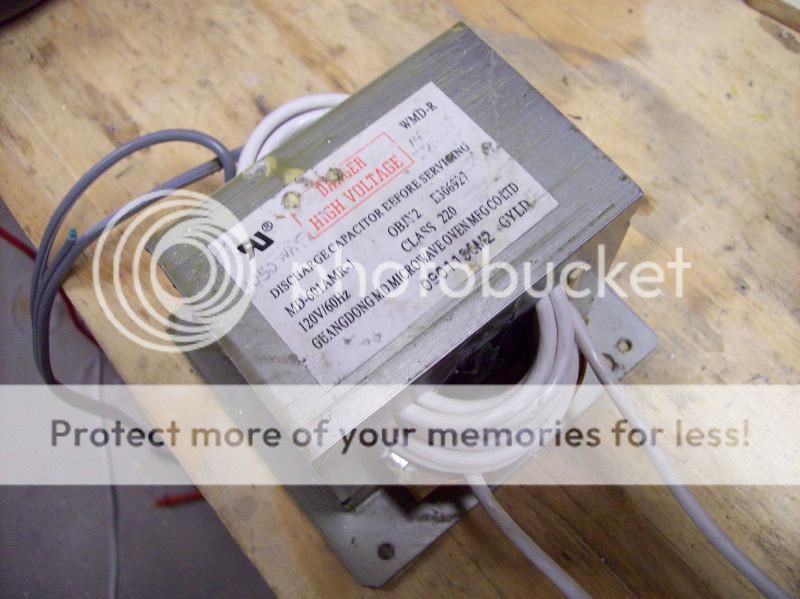I found this circuit online.
First thing I need to know, is this the correct way to parallel mosfets?
Next, is this the correct resistance for mosfets pin 1?
Also I dont know how to use the data sheet to determine the value of R1, R2, R3, R4 they are all the same value? I already tested a 2 mosfet circuit using 240 ohm resistors it works good but that does not mean it could not work better. Mosfet number is on the drawing.
**broken link removed**
First thing I need to know, is this the correct way to parallel mosfets?
Next, is this the correct resistance for mosfets pin 1?
Also I dont know how to use the data sheet to determine the value of R1, R2, R3, R4 they are all the same value? I already tested a 2 mosfet circuit using 240 ohm resistors it works good but that does not mean it could not work better. Mosfet number is on the drawing.
**broken link removed**
Last edited:

